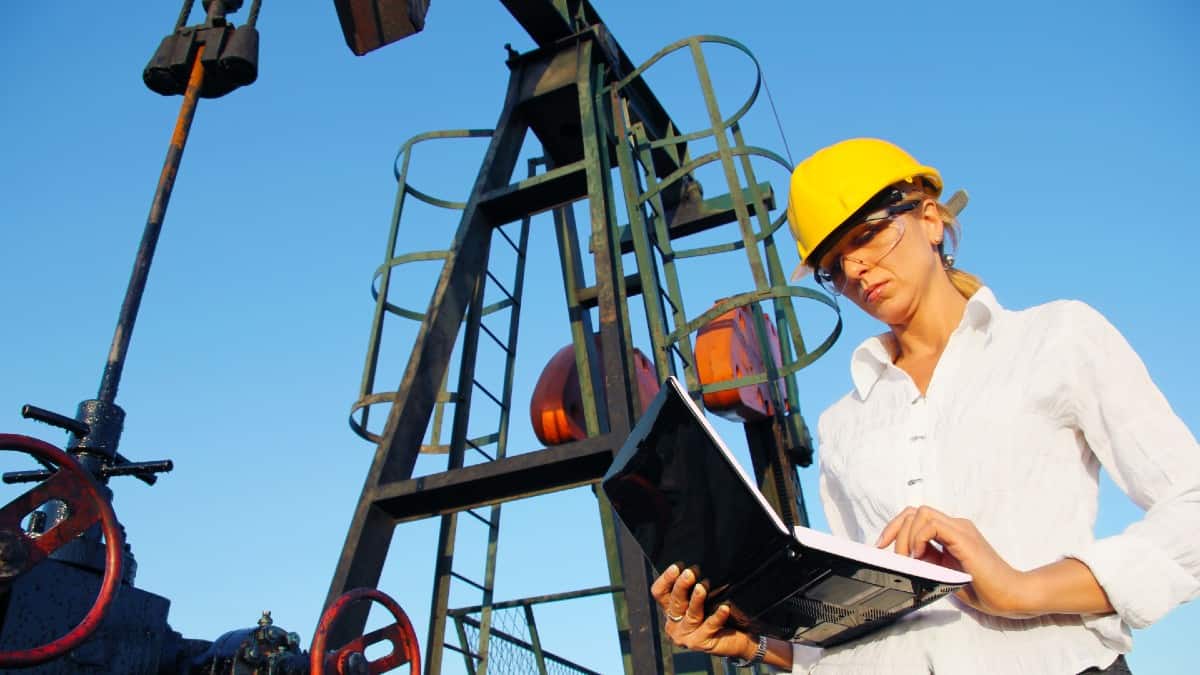Shell’s (LSE: SHEL) share price has dropped 13% from its March high and looks like a bargain to me.
One of the reasons was that the March peak was the highest price since June 2019. At such a level, many investors would have taken profits on their holdings in the oil and gas giant.
Another reason was the 7 July update ahead of the release of its Q2 results (due 27 July). In it, the company said it expects trading at its gas division to be significantly lower compared to Q1.
It clarified that this was due to seasonal factors, which seems reasonable to me. Gas usage typically drops in Q2 after the chillier Q1. Partly as an adjunct to this, gas price volatility usually falls as well, which crimps financial trading opportunities.
Focus on closing the valuations gap
Major energy companies need to manage the transition to cleaner energy carefully. Otherwise, there will be shortfalls in global energy supplies that will cripple economies. And this is what Shell is focused on doing, it seems to me.
One part of this has been a reaffirmation of its commitment to major oil and gas projects. This is to ensure adequate capital to manage the transition.
CEO Wael Sawan has underlined that the company’s oil production would remain at 1.4m barrels per day until 2030. It will also expand its huge liquefied natural gas business.
This restatement of Shell as primarily an oil and gas giant is in line with its major US rivals. Despite the greener US Presidential Administration of Joe Biden, they have remained unwavering in their commitment to these core businesses.
And Sawan has noted that their valuations are higher than their European peers for this. According to analysts’ estimates, Shell trades at around a 3.4 times ratio of share price to projected 2023 cash flows. US-based Chevron and Exxon trade at around 7.1 and 7.5 times, respectively.
The other part of Shell’s strategy is to achieve net zero emissions by 2050. However, it will focus on green projects that perform well and those that do not will be offloaded. This will also reduce costs.
Committed to rewarding shareholders
These plans should augment the company’s already strong foundations. In Q1 it made $9.6bn in earnings — compared to $9.1bn in the same quarter the previous year.
After its 2022 results, Shell increased the Q4 dividend per share by 15% to 28.75 cents, bringing the annual total to $1.04. It also announced a share buyback of $4bn to be completed by the Q1 results announcement.
Another $4bn of buybacks are planned for completion by the time of the Q2 results announcement. This would bring total shareholder distributions to around $12bn for the first half of this year.
For me, the risks in the Shell share price are that lobbying by the anti-oil community may affect its operations. Another risk is that it may be pressured by the government to speed up its transition to cleaner energy.
I already have holdings in the company, but if I did not I would buy it now. There is no reason why it will not recoup all its losses and then extend these gains, in my view. The dividends and buybacks are additional great rewards for holding the stock.








